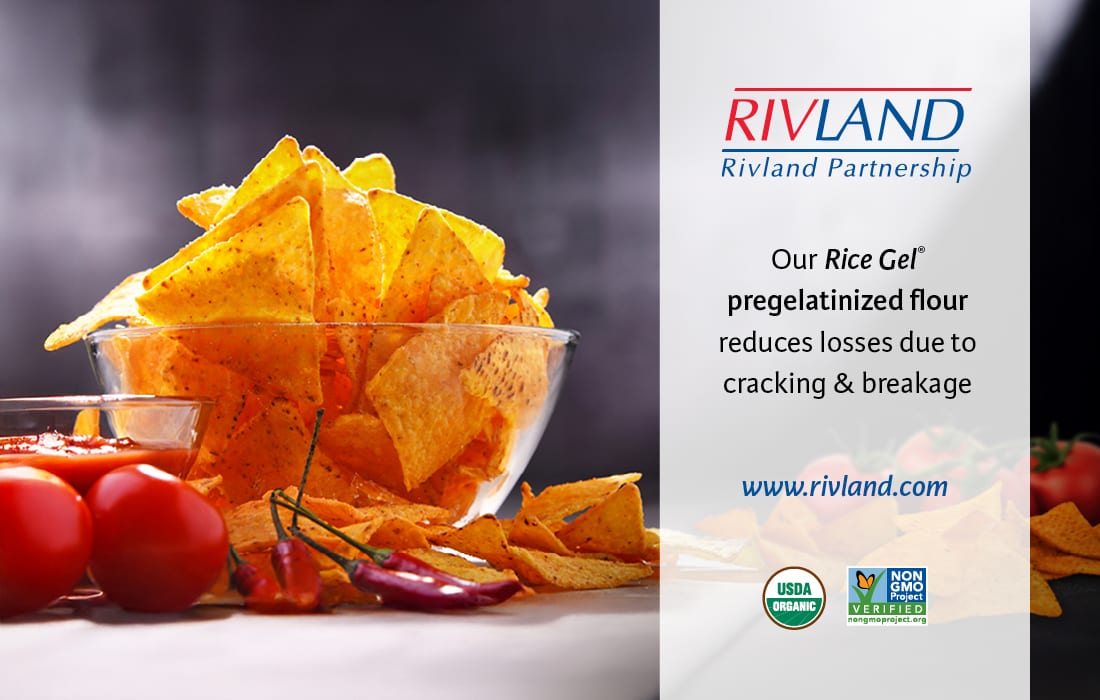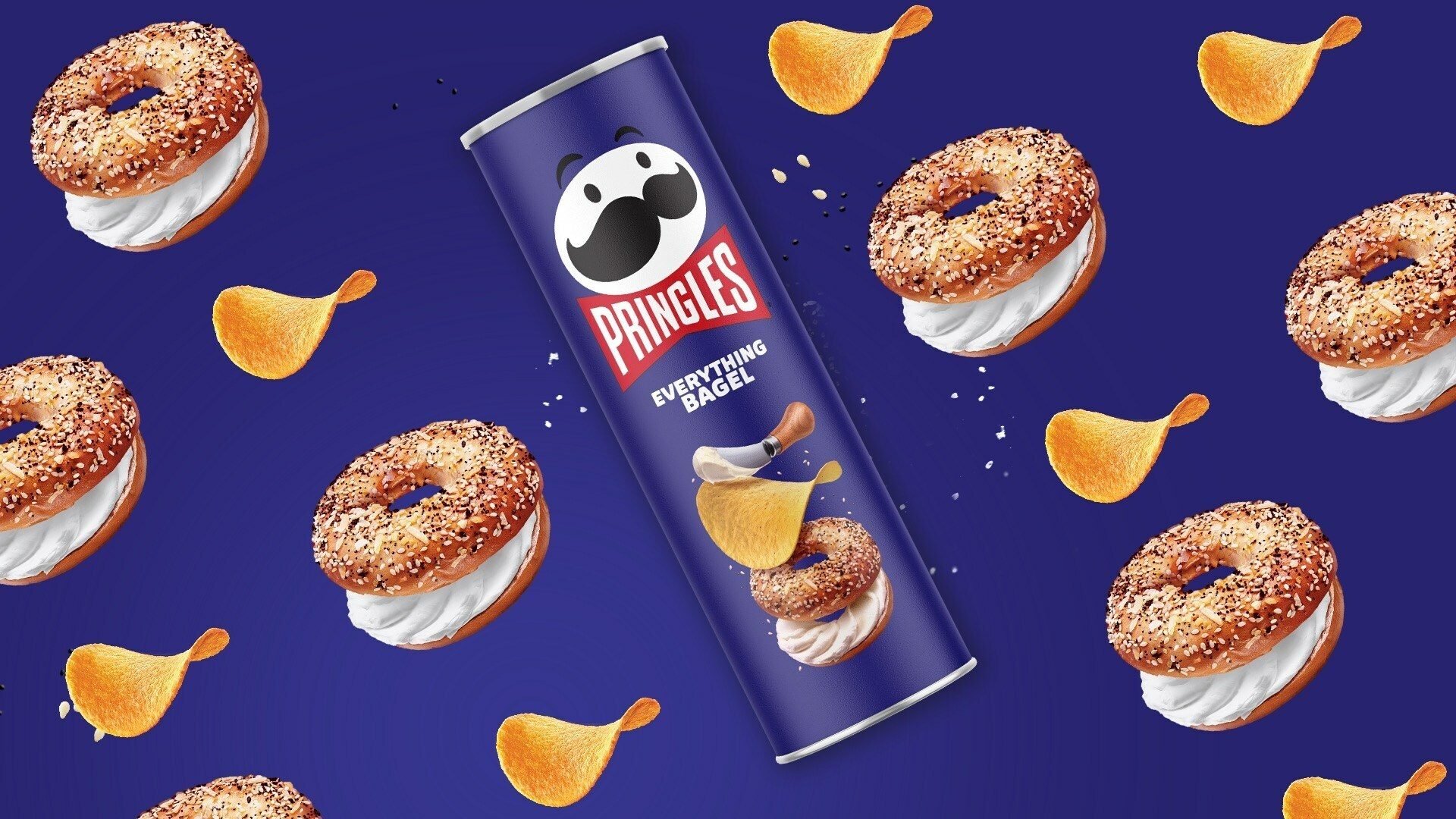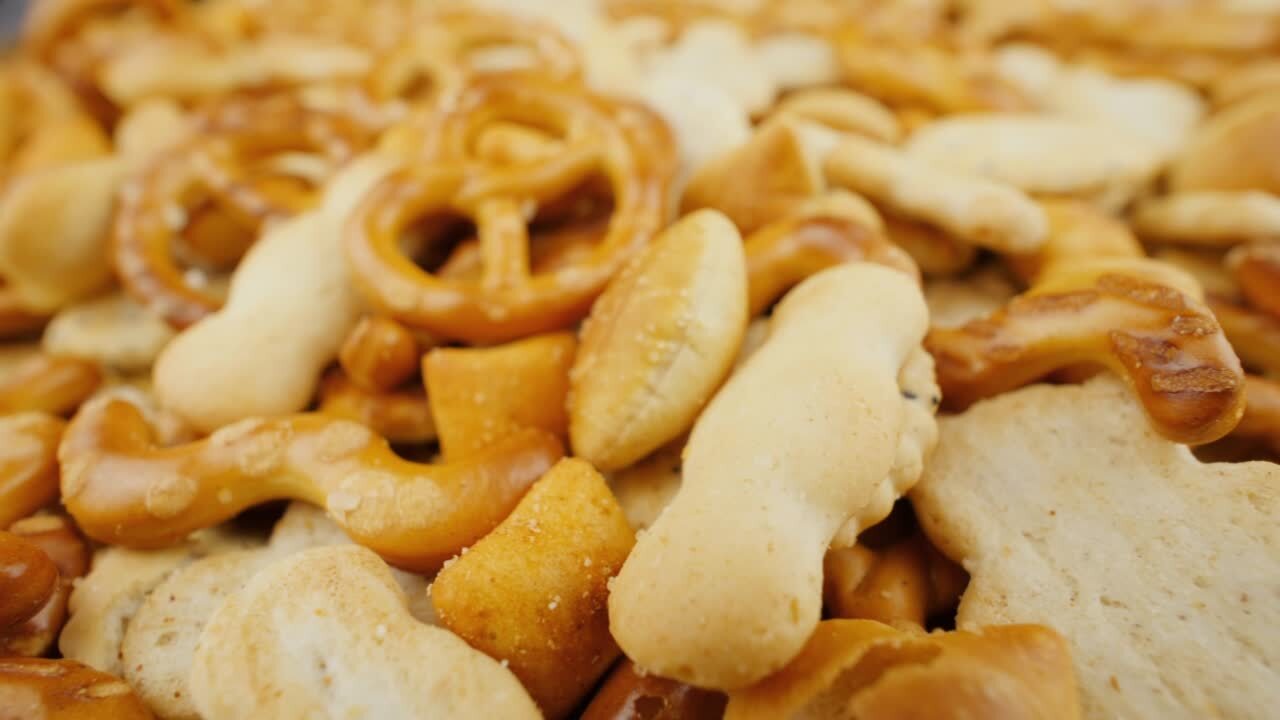
State of the Industry
SNACKS
2025
Cover video courtesy of FabrikaCr via CreatasVideo+ / GettyImages Plus
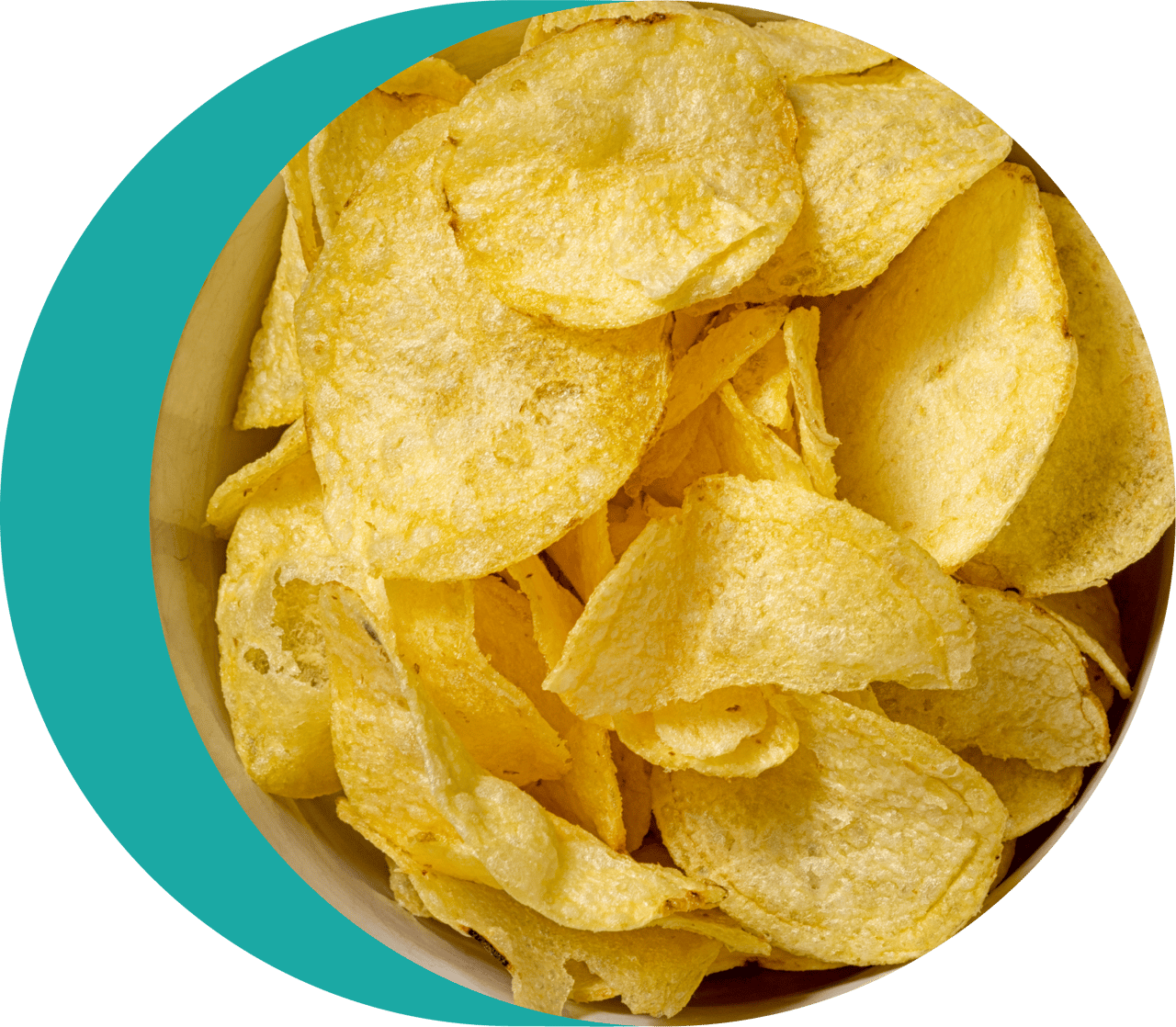
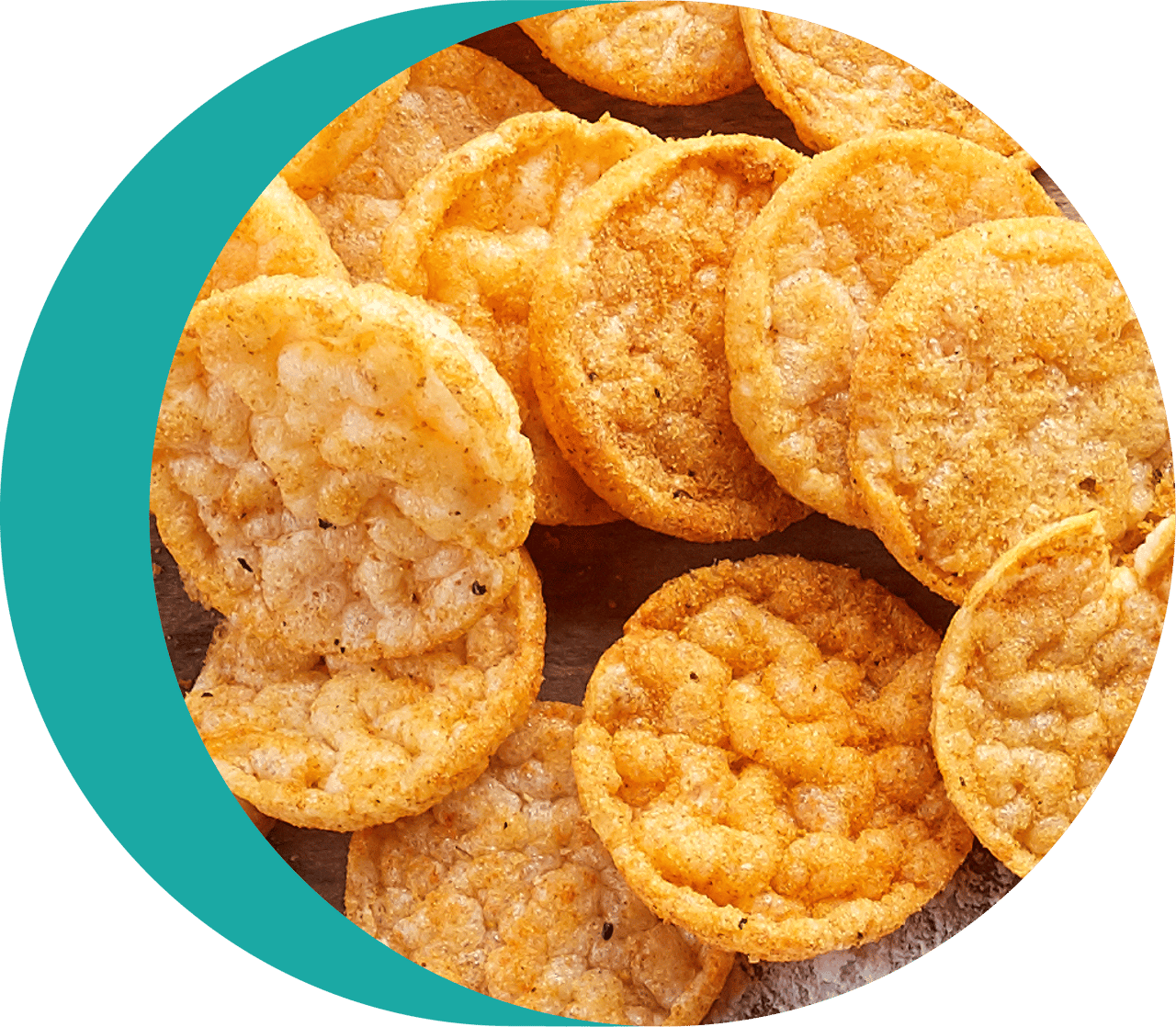
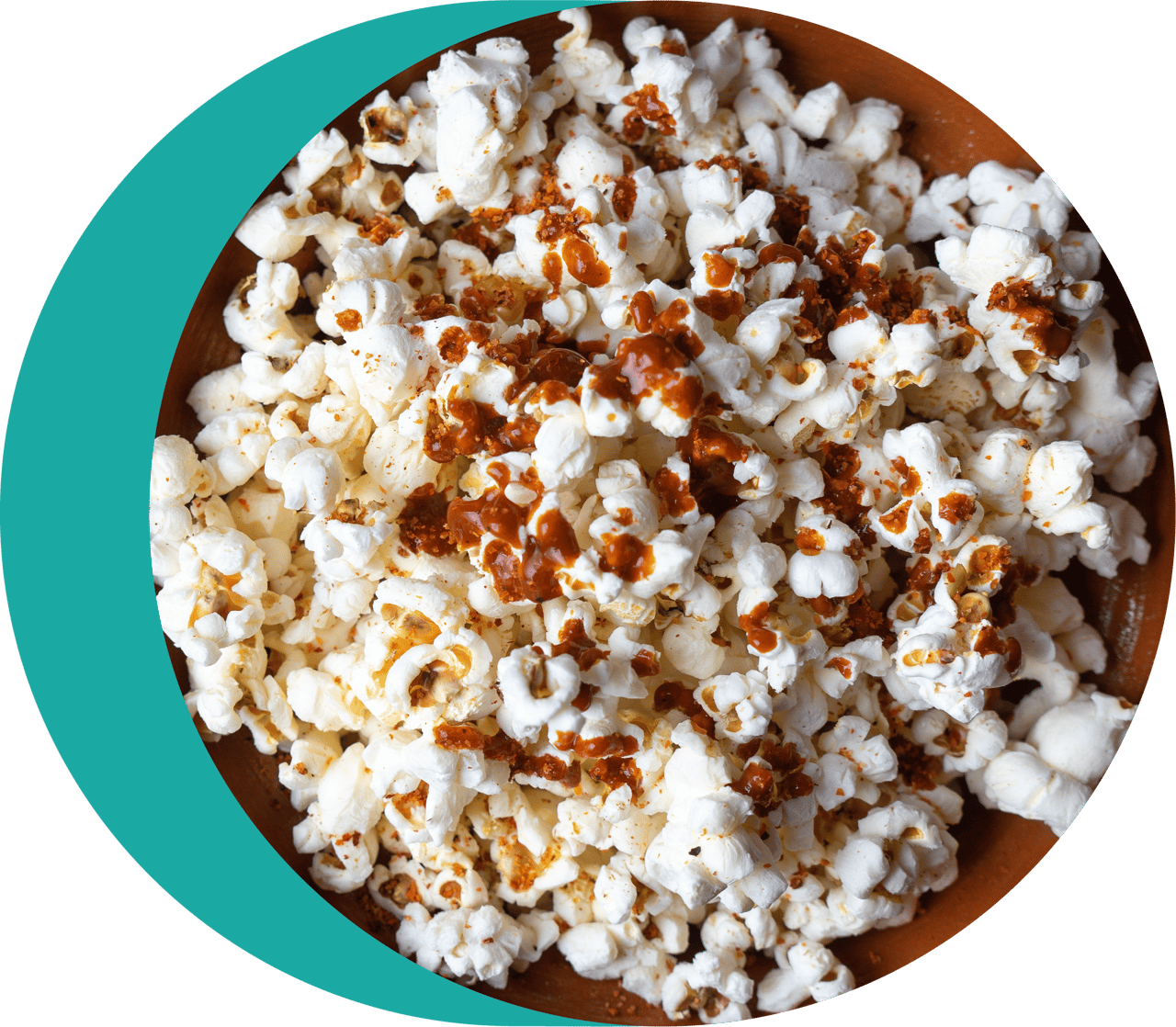
The BOTTOM LINE
- Snack sales were flat, but there were bright spots
- E-commerce growth and GLP-1 medications have shifted the landscape
- Producers are focusing on phasing out artificial ingredients and expanding BFY options
Custom built
The times might be changing, but the snack industry is prepared to cater to consumers.
Liz Parker Kuhn, Senior Editor
The snack industry has undergone many changes over the past year, with certain factors driving the need to adapt and diversify. However, the sector has always been adept at identifying consumer desires, from indulgent treats to more BFY snacks with functional benefits. Brands have pivoted to strategies like cheaper pricing, promotions, more marketing, and co-branded products to retain their share of consumers’ snacking, and both omnichannel and ecommerce have evolved, as well.

SPONSORED BY
Snack Food & Wholesale Bakery talked to two industry experts to get a better look at the snack sector, including what’s trending and also what issues are currently plaguing the industry:
- Sally Lyons Wyatt, global EVP and chief advisor, Circana
- David Walsh, VP, membership and communications, SNAC International

Courtesy of Kellanova
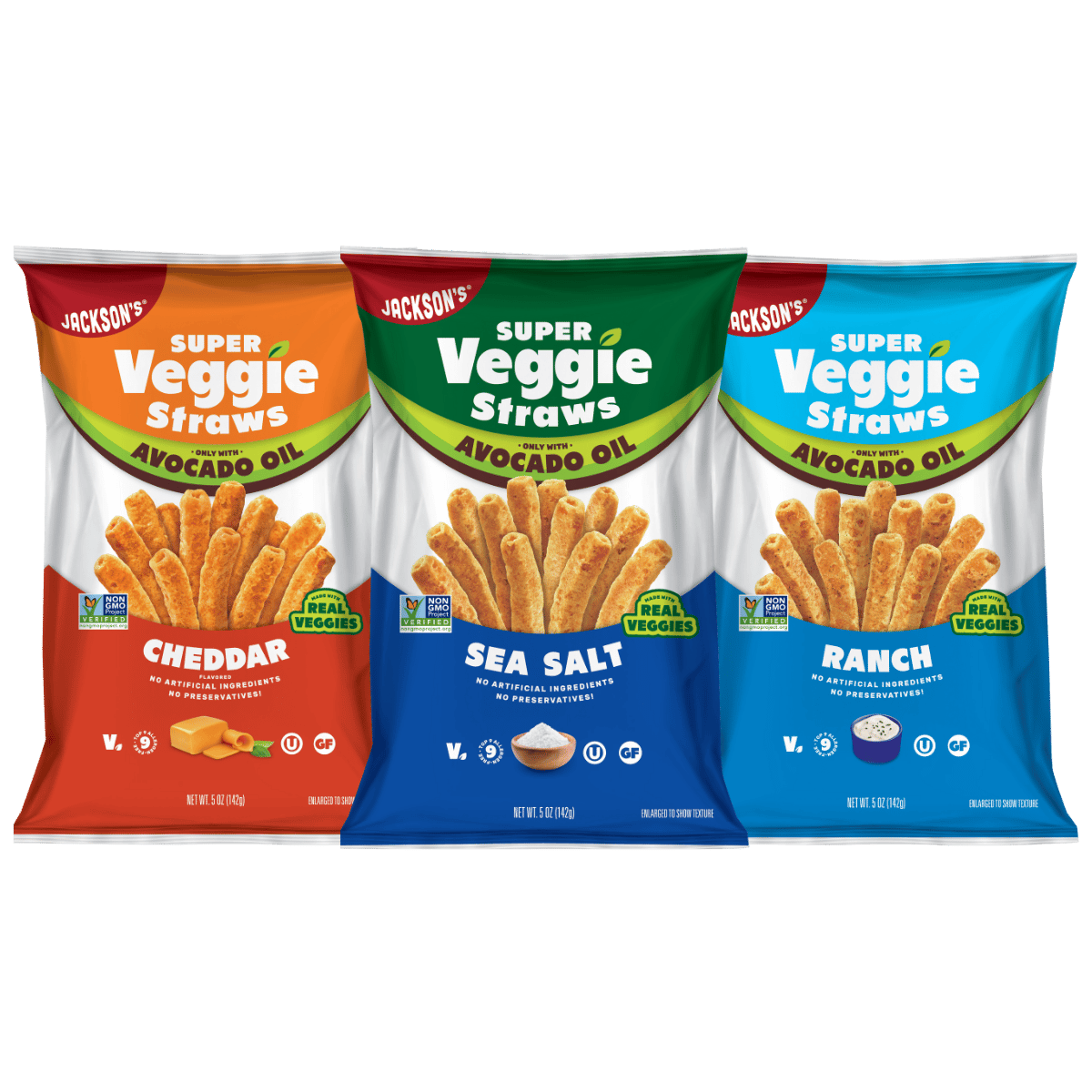
Courtesy of Jackson's
Liz Parker Kuhn: Could you share a brief overview of the year in the snack industry—what were some of the common threads running through the industry in 2024? Specifically, what were some of the biggest challenges that producers had to wrangle with?
David Walsh: Snacking continues to be a daily ritual for consumers—nearly half snack three times a day, according to Circana—but in 2024, the industry operated in a more cautious economic environment. Inflation and ongoing economic uncertainty shaped shopper behavior, leading to more deliberate spending. While overall snack sales were relatively flat, bright spots emerged. Innovative products in categories like pretzels, fruit chips, meat snacks, and snack bars/clusters stood out, showing that creativity and responsiveness to consumer needs still win.
E-commerce growth has also reshaped the landscape, shifting consumer buying habits and requiring brands to think differently about impulse sales and shopper engagement across channels. At the same time, public discourse around ultra-processed foods and the growing influence of GLP-1 medications brought nutrition into sharper focus. But this is where the snack industry thrives—with a diverse product range that meets consumers wherever they are, whether they’re seeking indulgence, function, or nutritional balance.
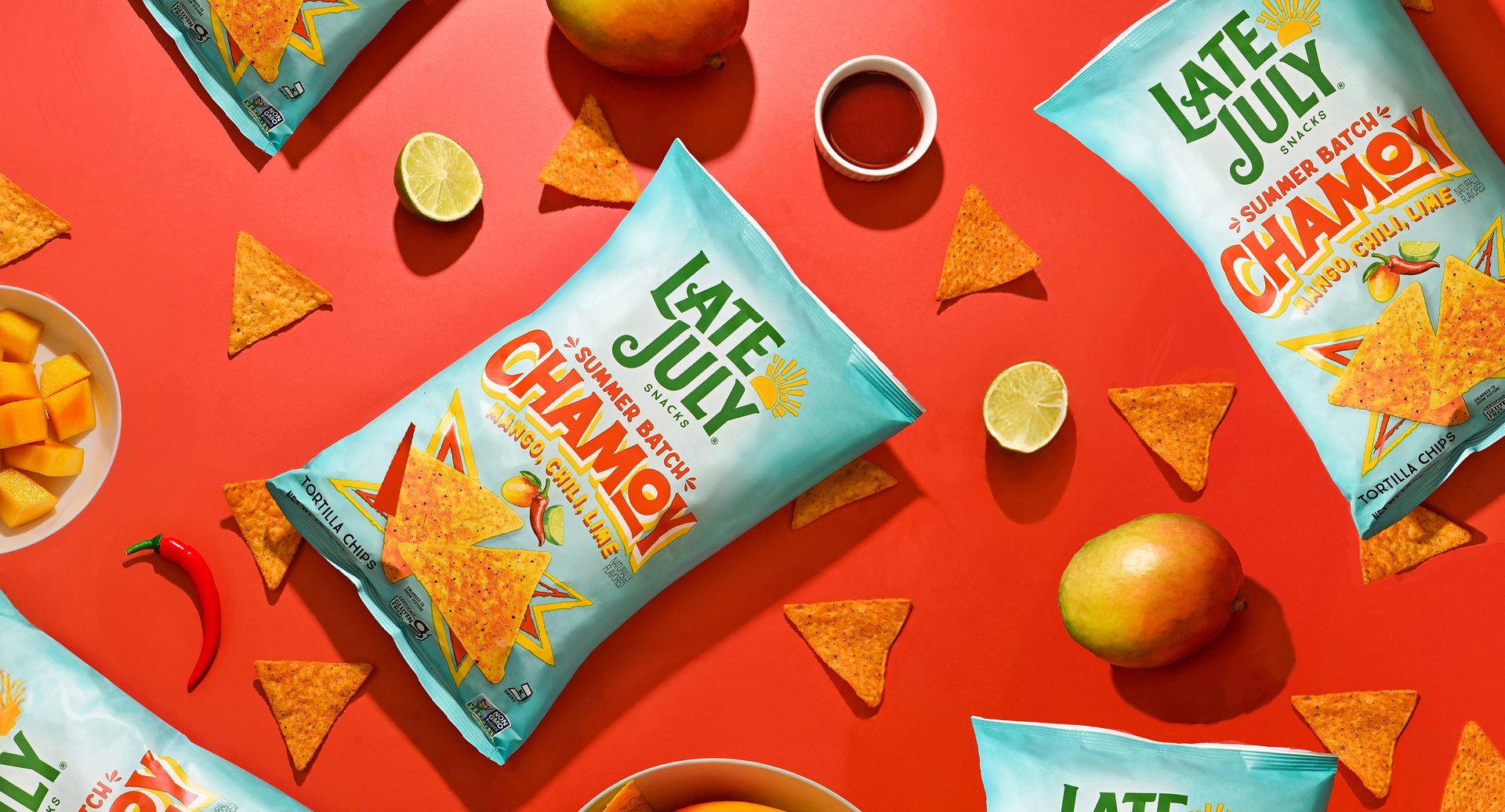
Courtesy of Late July
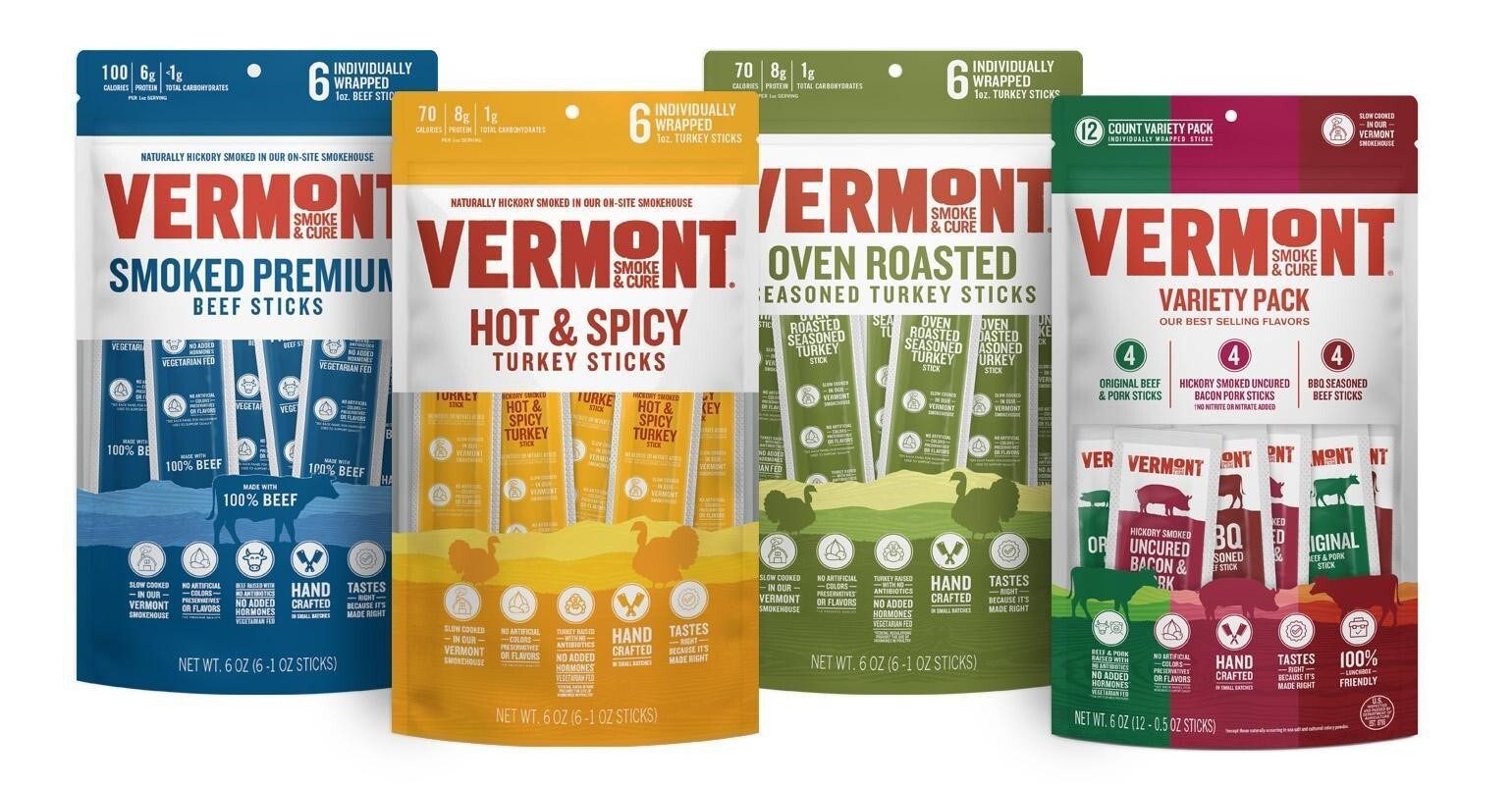
Courtesy of Vermont Smoke & Cure
Sally Lyons Wyatt: One of the things about snacking is that it’s kind of a two-sided story. On the one hand, we do see that snacking is still a lifestyle in the U.S., with almost 50% of U.S. consumers snacking three snacks a day, so that's a positive tailwind. The flip of that is what consumers are snacking on has been evolving.
One of the shifts is around balancing between indulgence and better-for-you. For three years, indulgence was winning out over better-for-you or permissible indulgence or treating.
When looking at volumes, I can see this shift has been occurring slowly. In 2025, we are seeing a shift over to more healthier options like yogurt, healthier snack bars, and some options like dried meat snacks, especially those that are a little more clean-label—not as high in sodium, etc.
Then there's the “well-being snack shuffle”—we are starting to see different choices that consumers are making, but what's underlying this is consumers' quest for physical, mental, and social harmonized well-being, including GLP-1 and the impacts that has had on snacking. People are more educated now, learning what's in their products, and we see an uptick in searches for dye-free and protein. We see this play out with what people are actually buying.
There are challenges from a supply standpoint with categories like chocolate—this has impacted prices, which have directly impacted sales. For that type of a situation, where you've had a commodity and/or an ingredient shortage, or supply demand, then you see a variety of things happening from a consumer standpoint.
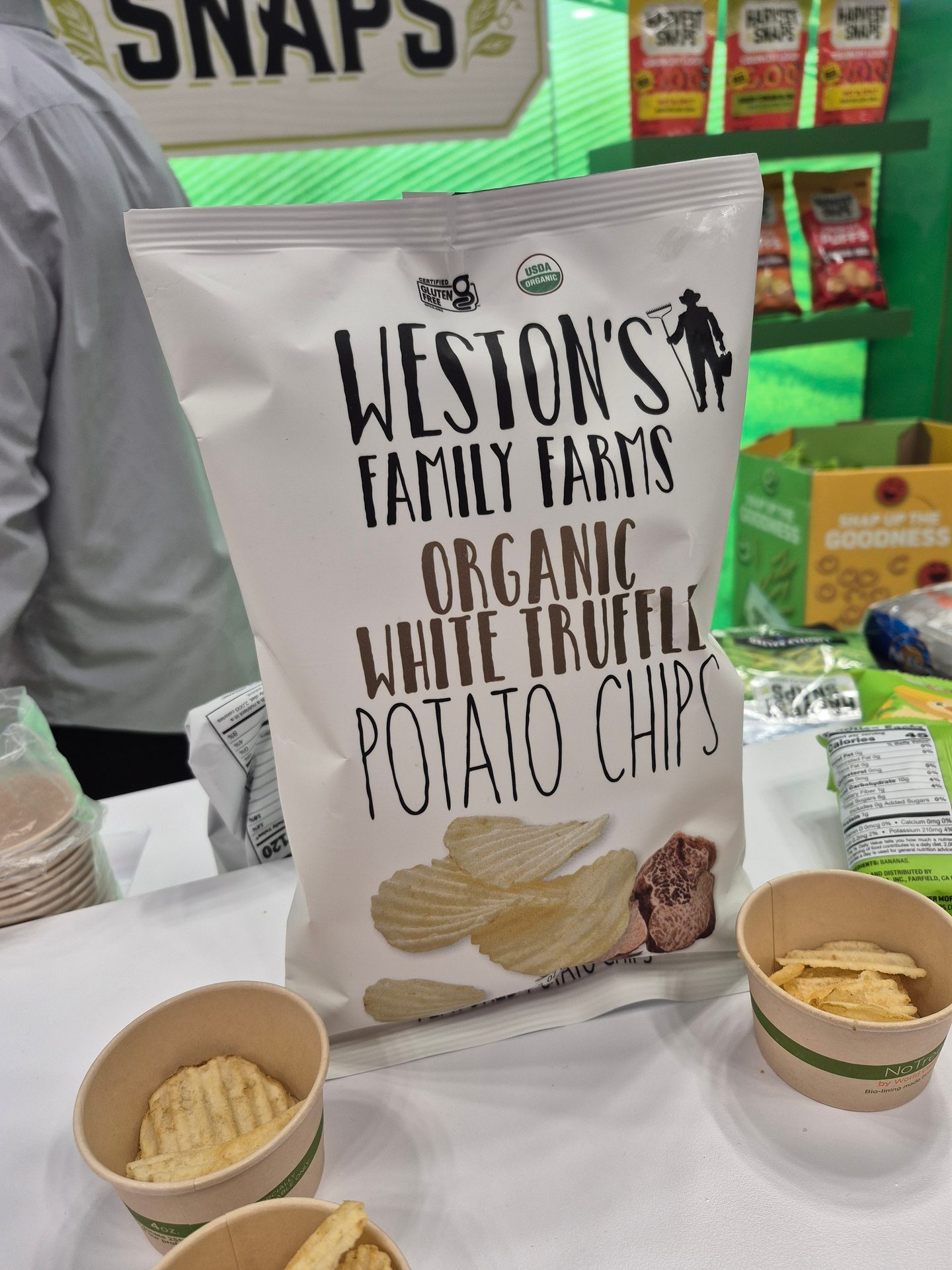
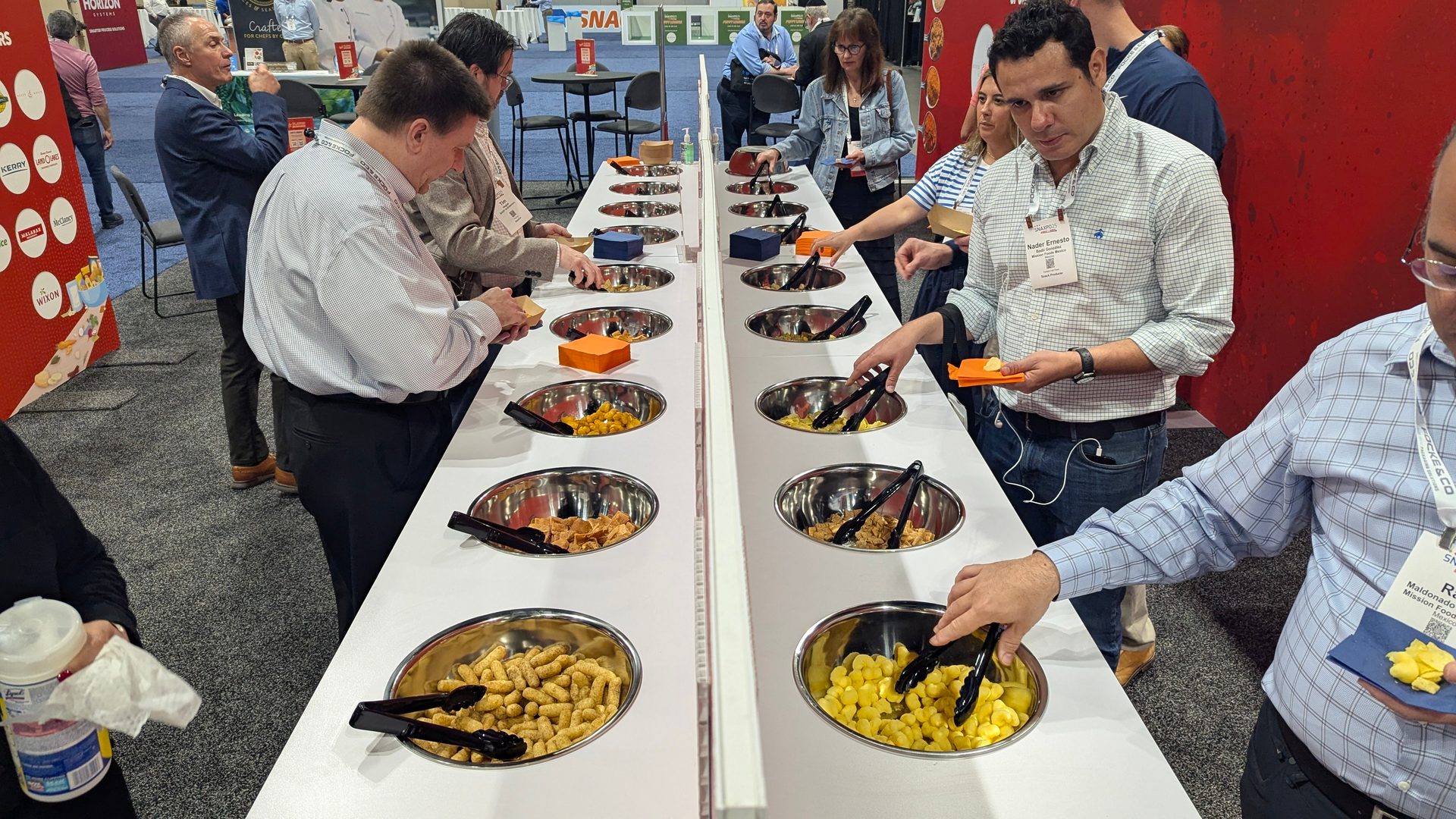
Courtesy of Jenni Spinner
LPK: How have snack operations have worked to meet and overcome those challenges or mitigate the effects?
DW: Snack makers have met today’s challenges head on—with creativity, agility, and a renewed focus on value. Brands have leaned into strategies like co-branding, licensing, sharper pricing, targeted promotions, and data-driven marketing to deepen consumer loyalty and drive trial. At the same time, many are elevating their omnichannel strategies to meet consumers wherever they shop—online, in-store, or on the go.
Innovation remains the heartbeat of the category. Producers are introducing new formats like clusters and grab-and-go packs, rethinking packaging for convenience and portion control, and offering functional benefits—from gut health and muscle recovery to cognitive performance. We’re seeing strength at both ends of the market: value-driven private label and premium products that offer meaningful added benefits. And as more consumers replace traditional meals with mini eating occasions, snacks are increasingly positioned as sources of nourishment and energy—not just entertainment.
SLW: Some consumers will still buy and they'll figure out what they have to give up elsewhere; some will still buy, but not as often; some will still buy, but maybe downsize their package size; and some might have to walk. You try to avoid the fourth, by all costs, but we're in an environment where unfortunately discretionary spending is challenged and consumers are walking from categories that they just can't afford, if their budgets don't allow.
The next challenge is the ingredient challenge—the quest to take out those ingredients that might not be as healthy. I don't necessarily want to call them “bad,” but these are ingredients that were deemed to be not as healthy. Producers are now having to reformulate, and that challenge is tough because you don't want to lose the taste and the texture that consumers love. You've got a lot of companies that are trying to figure out what other types of sweeteners they need to use.
Then you have the impending changes with SNAP, because what's on the docket to cut is carbonated beverages, snacks, and candy, which is at the heart of macro snacking. Will SNAP consumers use their own dollars to buy those categories, if those categories are not allowed with the program? That’s something we are going to monitor.
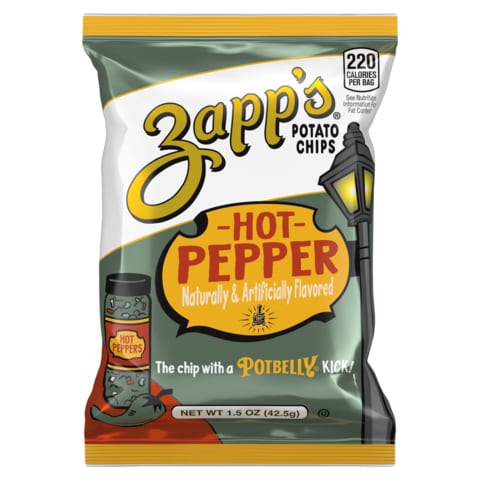
Courtesy of Utz
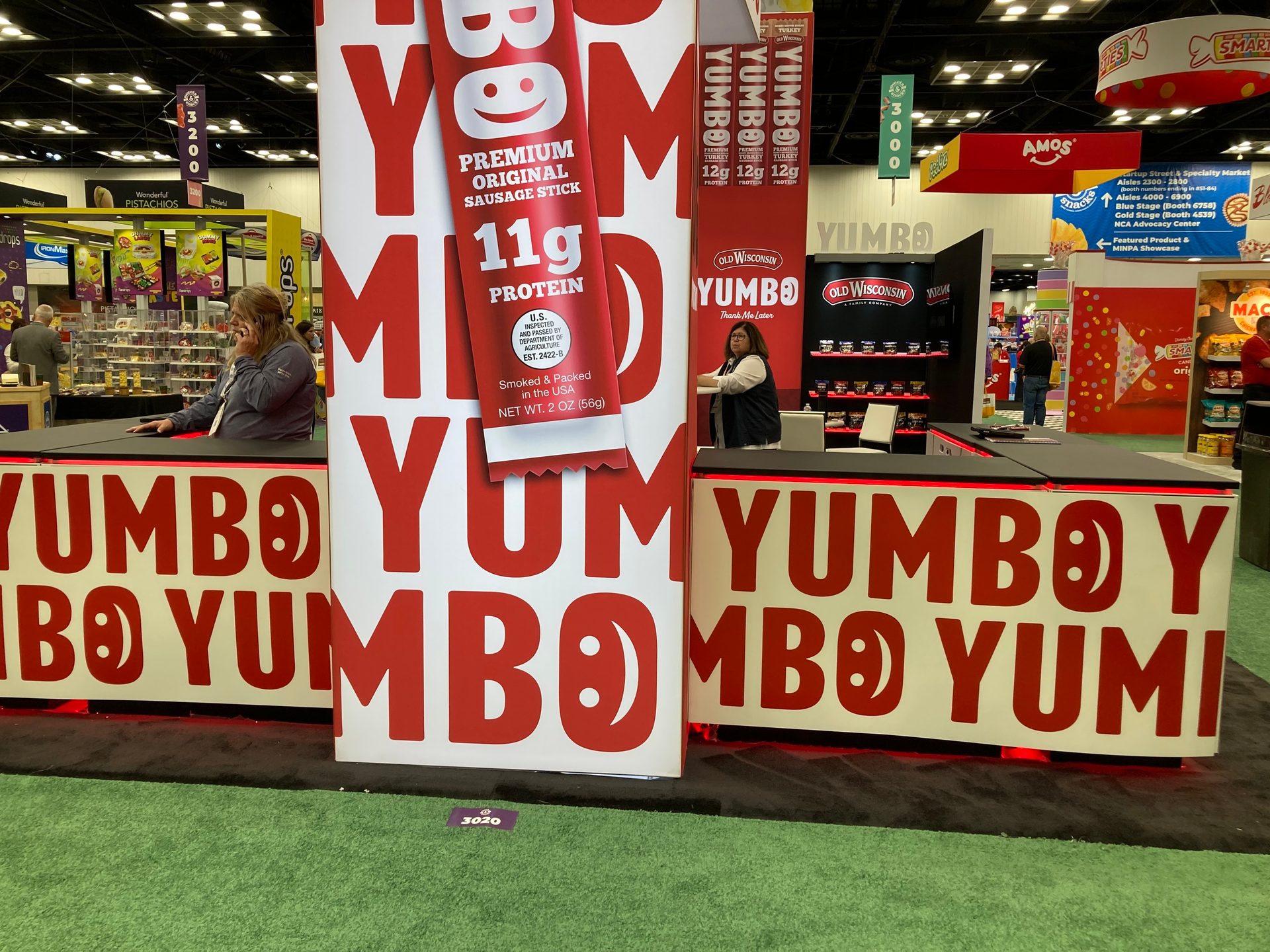
Courtesy of Liz Parker Kuhn
LPK: How are the coming months looking for the snack industry?
DW: While the outlook for the snack industry remains strong, there are several challenges on the horizon that producers are keeping a close eye on. Economic uncertainty continues to weigh on consumer confidence, and evolving trade policies and tariffs could impact sourcing and input costs. Additionally, regulatory pressures are mounting. The Make America Healthy Again (MAHA) Commission recently released a national assessment that raises concerns around processed foods, sodium, refined grains, seed oils, and certain additives. At the state level, we’re seeing efforts to create a patchwork of regulation governing the use of specific food ingredients which could create serious challenges for manufacturing.
Snack makers aren’t standing still—producers are focusing on phasing out artificial ingredients, investing in transparency, and expanding their portfolios of better-for-you options to meet modern nutrition expectations. This is an industry that knows how to adapt—and we’ve seen strong progress in the development of snacks that support energy, wellness, and overall well-being.
Looking ahead, summer offers a significant boost for the category. The week of July 4th remains the biggest snack sales week of the year, and with consumers returning to travel, cookouts, and outdoor gatherings, snacks will continue to be an essential part of summer celebrations. These moments remind us that even during challenging times, the joy and convenience of snacking remain deeply embedded in consumers’ lives.
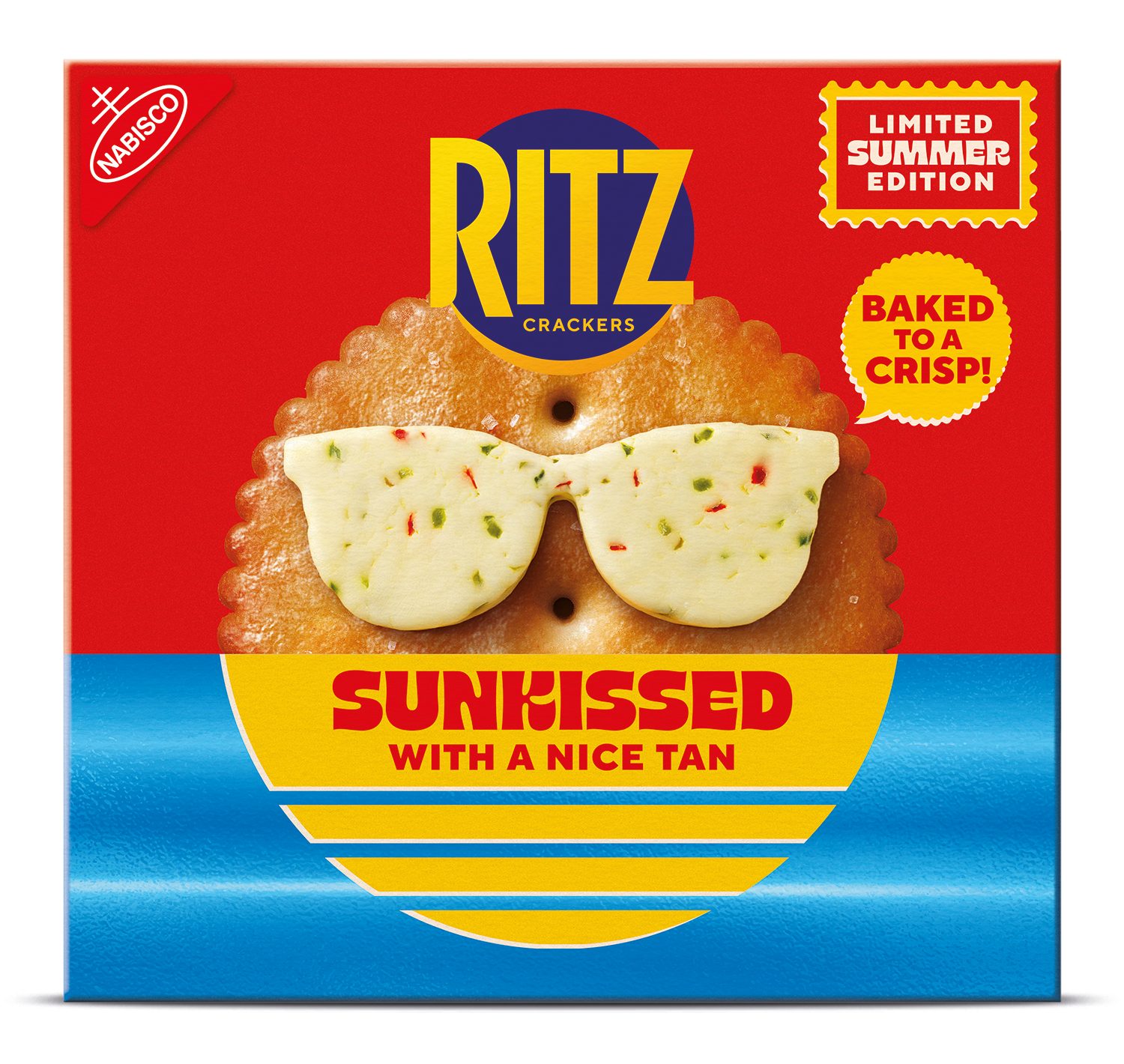
Courtesy of Mondelēz International
SLW: In 2022 and 2023, there was a 2% decline in unit sales. When I look at 2024, we had actually softened the loss—people are figuring out how to be on a GLP-1, and how to navigate all the headwinds. They're still embracing different products, but doing so in a different way.
Then we hit 2025. In general, we have seen softness in food and beverage sales—that includes snacking, but snacking is trailing the rest of food and beverage. This will set the course for the next couple of years.
I still think for the rest of 2025 we will see dollar growth, but going forward, in order to see unit volume and dollar growth for the future, everybody in snacking has to assess their portfolio to see how they can assist consumers on their well-being journeys. We know that GLP-1 suppresses appetite—consumers don't eat larger quantities, and more and more are taking the drug for weight loss. During that time, they fundamentally change what they're eating if they follow medical professionals' advice. Knowing that, you could have consumption reduced for future years.
However, if producers innovate and have options that are high-protein, high-fiber, low-carb, low-sugar, then that's going to help fuel future growth, and might stymie any loss in sales. Indulgence is still out there, and I still think consumers will opt in for that, but they are looking for more of a balance between, “I need to eat healthier, but I might reward myself and treat myself.” There’s still a role for those, but I do see BFY products doing well in 2026, if not into 2027.
Image courtesy of Natalya Maisheva via iStock / GettyImages Plus
“Indulgence is still out there, and I still think consumers will opt in for indulgence, but they are looking for more of a balance between, ‘I need to eat healthier, but I might reward myself and treat myself.’”
— Sally Lyons Wyatt, global EVP and chief advisor, Circana

LPK: SNAC International works to help snack operations deal with existing challenges, face emerging issues, and anticipate new things. Could you talk about the ways in which you’re equipped to provide snack professionals with such resources?
DW: At SNAC International, we bring the entire snack industry together—producers, suppliers, and innovators across the value chain. Our strength is in connection. Through flagship events like our Executive Leadership Forum, SNX, and the Legal Forum, we give members access to the education, insights, and networks they need to stay ahead. We’ve also partnered with top institutions like Georgetown University for our Emerging Leaders Programs and Kellogg Management School for our Excellence in Marketing events to provide world-class professional development resources for our members.
Whether it's navigating complex policy issues, responding to regulatory changes, or identifying the next big trend, SNAC is a trusted resource. Our members don’t just get information—they get community, collaboration, and a seat at the table. This is an industry that thrives on innovation and resilience, and SNAC is proud to help our members lead with confidence. SF&WB
